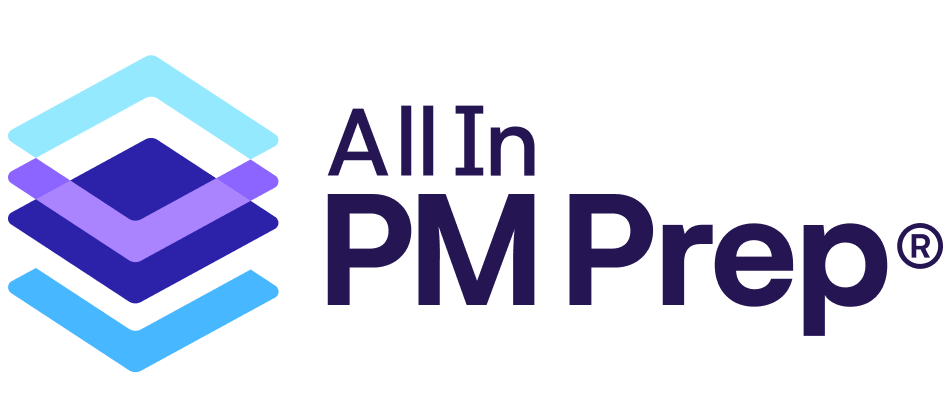Walk into a concert hall before a performance, and it feels chaotic. Violins are tuning, trumpets are blasting snippets of scales, percussionists are pounding rhythms.
But then, the conductor raises the baton. Silence falls. With a single downbeat, dozens of individual musicians become one unified sound.
That’s the role of a project manager. Not to play every instrument — but to unify the moving parts into harmony. In PMP terms, that’s Integration Management.
A conductor doesn’t play the violin, trumpet, or drums. They:
- Interpret the score — what the composer envisioned.
- Set the tempo — the pace of the music.
- Cue the musicians — when to come in and when to pause.
- Balance the sections — so no instrument overwhelms the others.
Similarly, a project manager: A conductor doesn’t play the violin, trumpet, or drums. They:
- Interprets the project charter and business case.
- Sets the pace through schedules and milestones.
- Aligns team members at the right time.
- Balances scope, cost, quality, risk, and resources.
Neither creates every note — but both ensure the notes form music instead of noise.
Each musician is a master of their craft. The violinist doesn’t need the conductor to explain fingerings; the percussionist knows exactly how to strike the timpani.
Likewise, project Developers, engineers, analysts, or contractors are experts in their fields. The project manager doesn’t dictate their technique — but ensures their expertise is applied in sync with the bigger vision.
The score is the framework that holds the music together. Without it, the orchestra would improvise into chaos.
Integration Management is the “score” of project management. It connects every knowledge area: scope, schedule, cost, quality, procurement, risk, and stakeholders.
A good project manager, like a conductor, studies the score to see how each part connects — and ensures no section drifts out of rhythm.
In live concerts, strings can snap, trumpets can miss notes, or the lights might go out. The conductor adapts instantly, adjusting the tempo or signaling a section to recover.
Projects face the same surprises — vendors miss deadlines, stakeholders shift priorities, or resources disappear. The project manager steadies the rhythm, makes adjustments, and keeps the project on track.
In music, timing is everything. A cymbal crash a second too late ruins the moment.
Projects demand the same precision. Handoffs between design, development, and testing must be coordinated. Integration Management ensures the sequence of deliverables flows correctly — and the “music” doesn’t fall apart.
The audience doesn’t care about every missed note; they care about the performance.
Stakeholders are the same. They don’t need every technical detail — they want value, outcomes, and impact. A project manager, like a conductor, never loses sight of the people they serve.
- The project manager unifies, not performs.
- Integration Management is the score. It connects all knowledge areas.
- Trust the experts. The team brings their craft; the PM ensures alignment.
- Timing matters. Poor sequencing disrupts delivery.
- Stakeholders are the audience. Success is measured by their satisfaction.
The best orchestras and the best projects don’t feel like chaos. They feel like harmony — dozens of parts unified into one outcome.
That’s the power of Integration Management.
So the next time you think about project management, picture a conductor raising the baton. Your role isn’t to play every instrument — it’s to turn noise into music.



